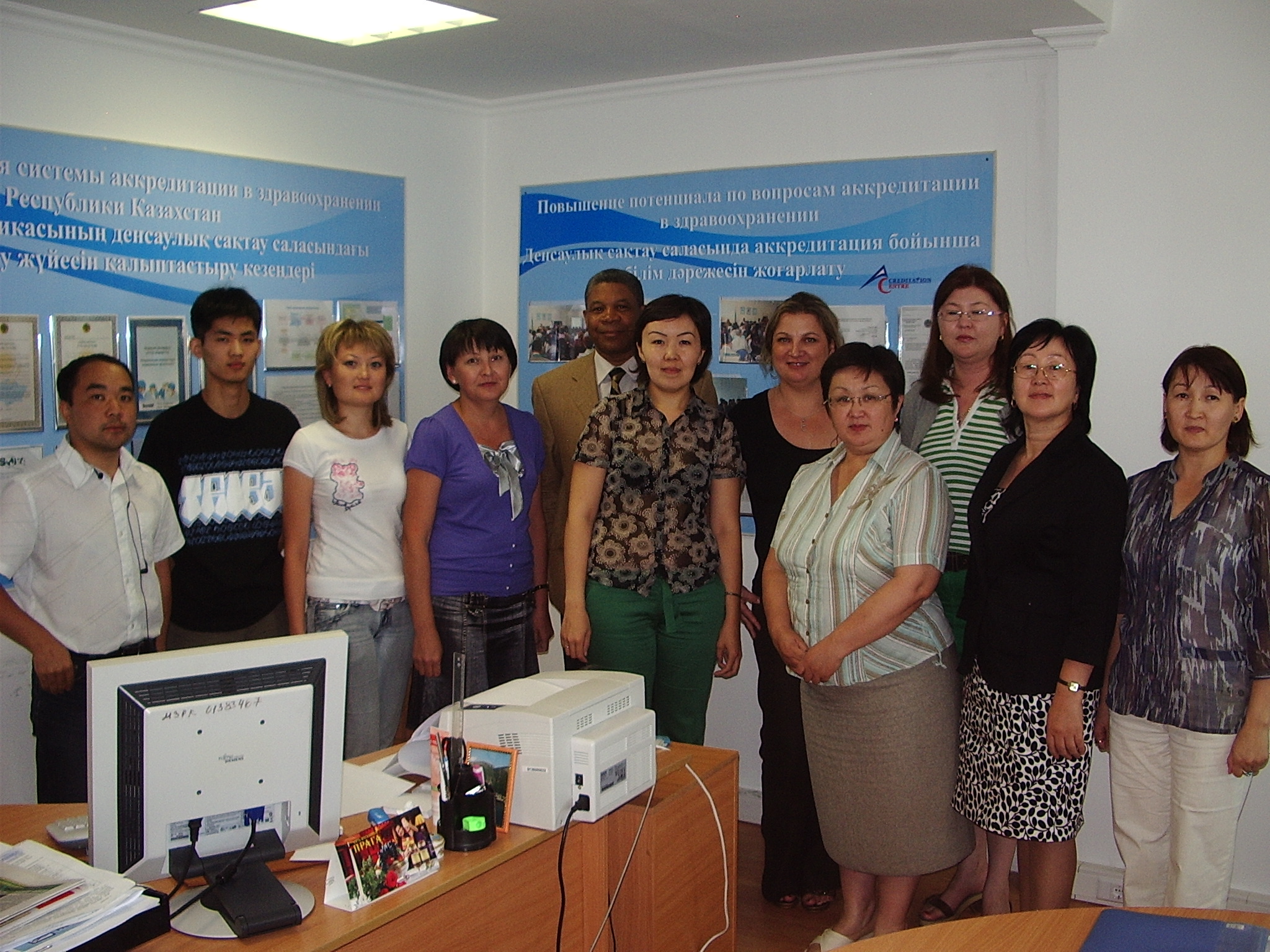The Partnership on Pilot Implementation Medical Education Management and Budgeting is a follow-up initiative from the initial C1 Sub-Component of the Kazakhstan Health Services Technology Transfer and Institutional Reform Project (KSTTIRP). Through this pilot project, the Canadian Society of International Health (CSIH) worked to provide a solid base for the future development of medical education management in Kazakhstan.
Management is a critical component in ensuring the effectiveness and performance of the medical education system in Kazakhstan. There are many management functions and situations that are particular to the complex nature of the medical sub-sector. To date, in many countries, management in medical education has received little attention, but this is rapidly changing.
To identify and build required management competencies using training and action-oriented approaches, and to suggest steps forward to improve budget strategies.
CSIH worked closely with the MOH and representatives from the two pilot universities to strengthen required management competencies using training of trainers and action-oriented approaches. CSIH also suggested steps forward in mission-based budgeting at Karaganda State Medical University and Semey State Medical University.
By project completion, the competence, business skills, and financial management levels increased from 37 per cent in the upper ranges to 43 per cent. Similarly, healthcare management increased and health personnel management increased. A program participant demonstrated this change in understanding and behaviour, saying “Yesterday I personally sent info to all top managers of our university and asked them to identify existing risks at their work so that later on to develop risk registry for our university. And we also involved the students to identify the risks.”
In the future, a communication plan should be developed to ensure that all staff members understand new management policies and their implications. Furthermore, each medical university should sustain efforts to develop a culture of learning and independent decision making. Finally, at the medical university level, a small management unit should be incorporated into the professional education department.

